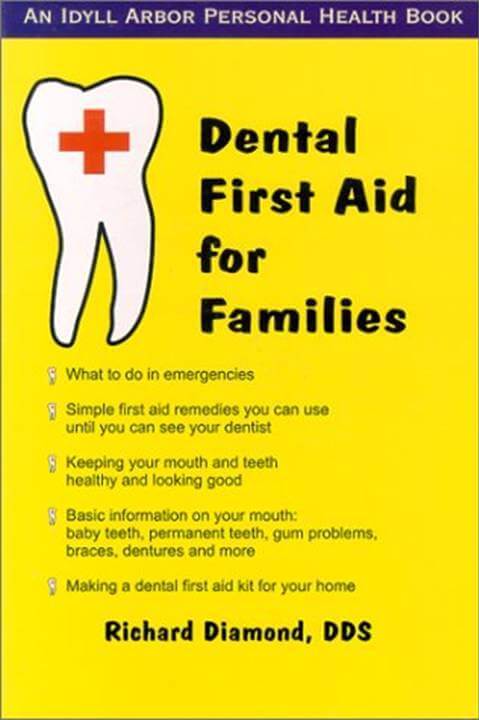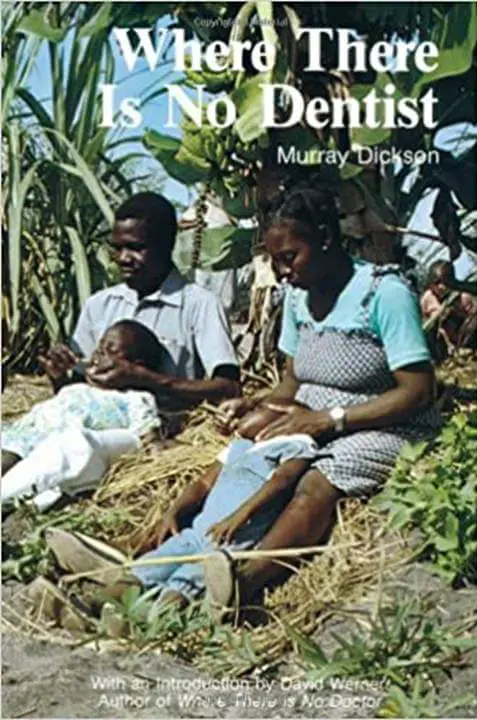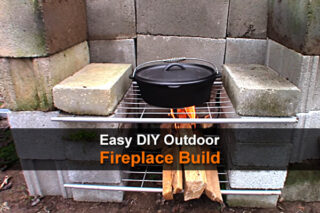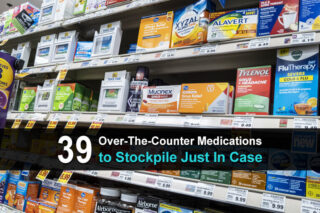Estimated reading time: 12 minutes
There’s More to First Aid Than Cuts and Scrapes. Here’s Why You Need an Emergency Dental Kit and What To Put In It.
One of the realities of a homesteading lifestyle is the amount of physical labor associated with everyday chores. We don’t mind. Most of us enjoy it and have learned to pace ourselves. But in spite of our best efforts, we sometimes get injured.
Want to save this post for later? Click Here to Pin It On Pinterest!
Most injuries fall in the category of cuts and scrapes and the occasional sprain. But if you’ve ever had a problem with your teeth—whether it’s a cracked tooth or inflamed gums—you know how quickly you think about getting to the dentist. And that can sometimes be a problem.
When There Is No Dentist

The inability to get to a dentist seems like an unlikely scenario. But there are times and occasions when it could be difficult if not impossible.
- Living in a very remote location that makes travel to a dentist’s office a long and difficult journey.
- Following a natural or manmade disaster when most traditional services are either compromised, overwhelmed, or shut down.
- The lack of dental insurance that would make a trip to a dentist an expensive proposition except for extreme and painful emergencies.
- Something like a pandemic that would cause us to pause for a dental problem that seems more irritating than serious.
We Just Don’t Seem To Think About Dental Emergencies
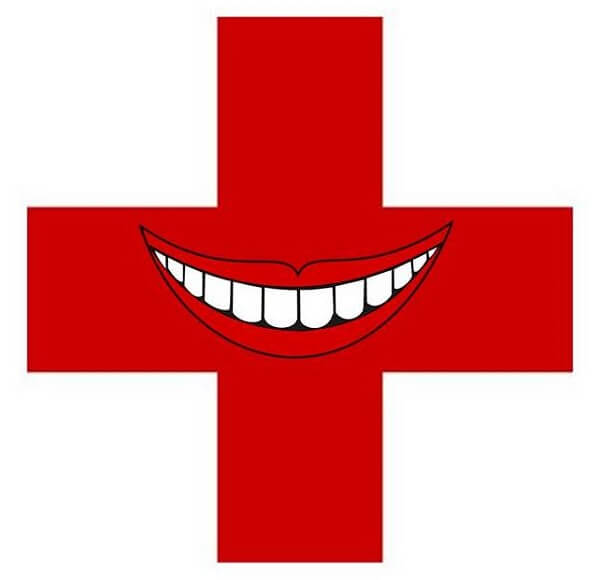
The fact of the matter is that most of us don’t experience a whole lot of dental emergencies. We’ve cut ourselves on farm equipment, gotten burned canning vegetables, split logs into our ankles, and found ten ways to drop something on our feet, but our teeth always seem to stay out of the way.
But there is still the potential for injuries to the teeth and mouth on any homestead. For example…
- A tooth knocked out by an impact from a tool or fall.
- A cracked tooth from biting down on something like a rock or pit that found its way into our homemade preserves.
- An infection in the mouth or gums from frequent exposure to farm animals and their pens and stables.
- Grinding our teeth leading to a cracked or chipped tooth due to everyday stress or the frustrations of living in a pandemic.
- A cavity that has progressed because we’ve skipped those regular dental checkups.
And It’s Not Just About Us
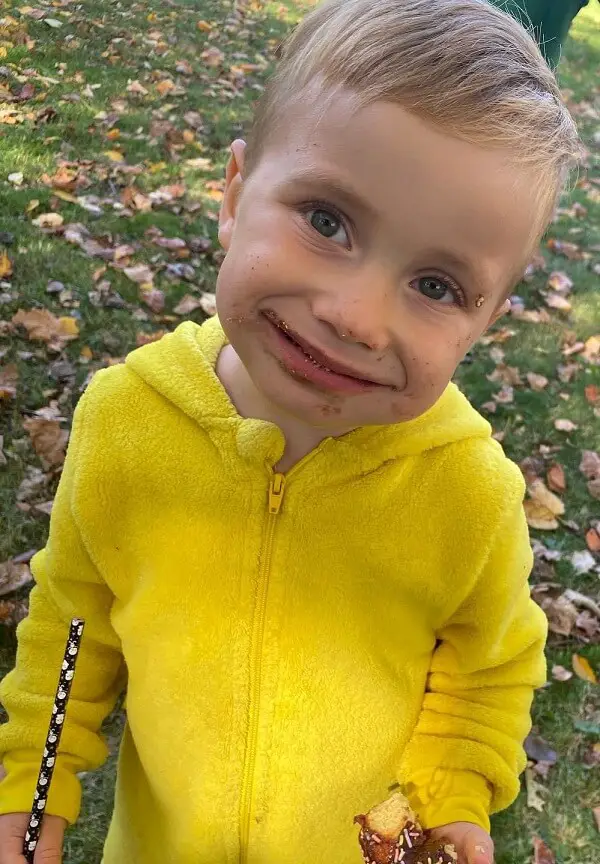
Children seem to be more subject to dental injuries, either because they’re in the process of losing their baby teeth or because they don’t have the knowledge and experience to avoid situations that could cause injury.
It should be no surprise that the children in a homesteading family have come to believe that Mommy and Daddy can fix anything. Are you ready to help your child when they approach you holding their jaw in tears?
Assembling Your Dental Emergency Kit
Whether it’s an adult or a child, our teeth are all subject to the same challenges and conditions. Here’s how to prepare for them, from the simplest to the more complex. In many instances, the recommended treatment is a temporary fix until you can get to a dentist. Hopefully, that’s a possibility.
Basic Examination
Before you can do anything to treat a dental emergency, you have to see what you’re doing. To do that, you have to think like a dentist and you probably recall some of their tools.
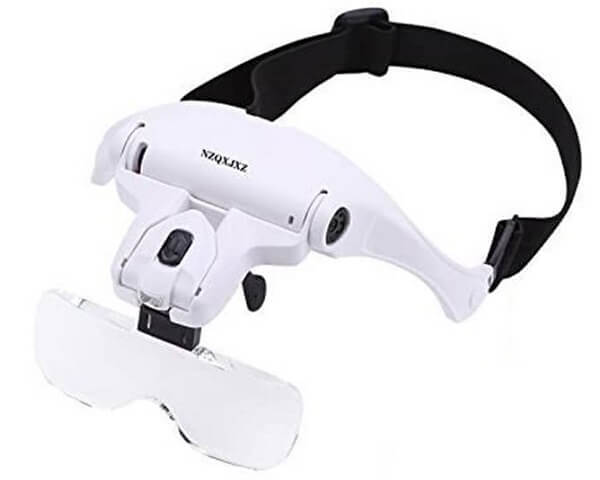
A flashlight is important. The mouth can be a dark place. You can even buy a headset light so you can keep your hands free.
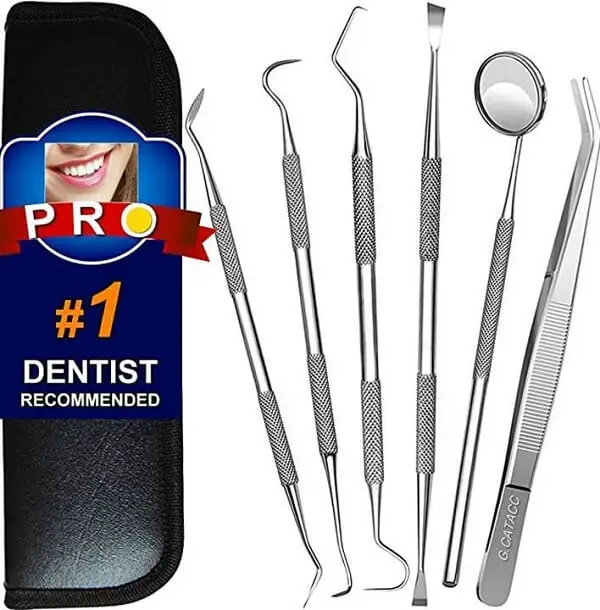
How many dental picks you would need is debatable, but at least one pick and, most importantly, a dental mirror for checking parts of teeth that are hard or impossible to see.
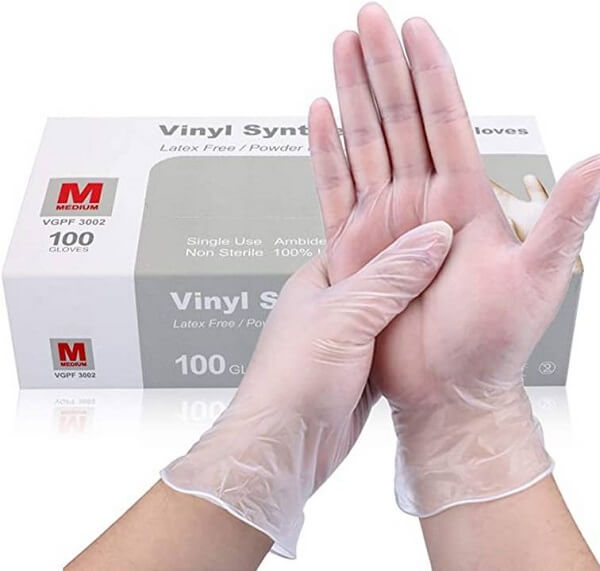
Rubber gloves make sense to prevent infection. You’ll probably want to wear a mask too.
Knocked-Out Tooth
Simple but dramatic. Teeth get knocked out all the time, and the tooth can actually be re-implanted if recovered, cared for properly, and put back in place within an hour or two. That’s best done by a dentist, but you can do it yourself if you must.
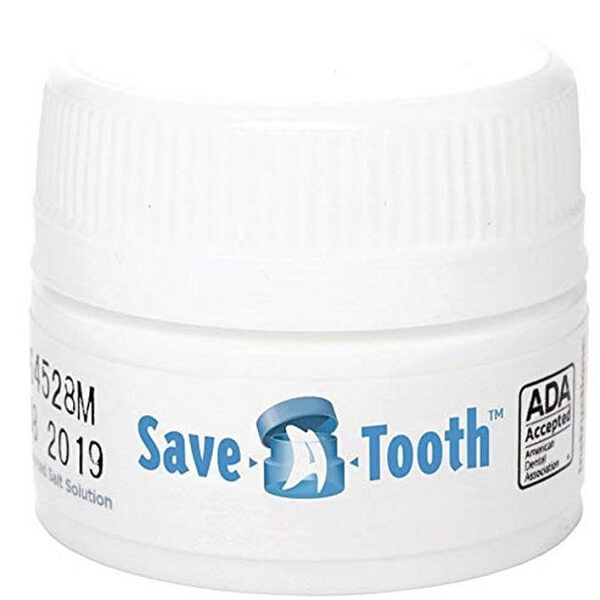
Saving the tooth is the standard recommendation anytime a tooth is knocked out. The container is filled with an antiseptic solution that will keep the tooth clean and preserve it until it can be reinserted into the tooth socket.
When a knocked-out tooth dries out, it essentially dies and cannot be re-implanted. You should still save it though. If the dentist needs to make a replacement tooth in a mold, the original tooth will make that process easier.
Lost Crown or Filling
This can happen to anyone for the most innocent reasons, from chewing to just rolling your tongue over a tooth. It should be repaired to prevent infection and replaced by a dentist when possible.
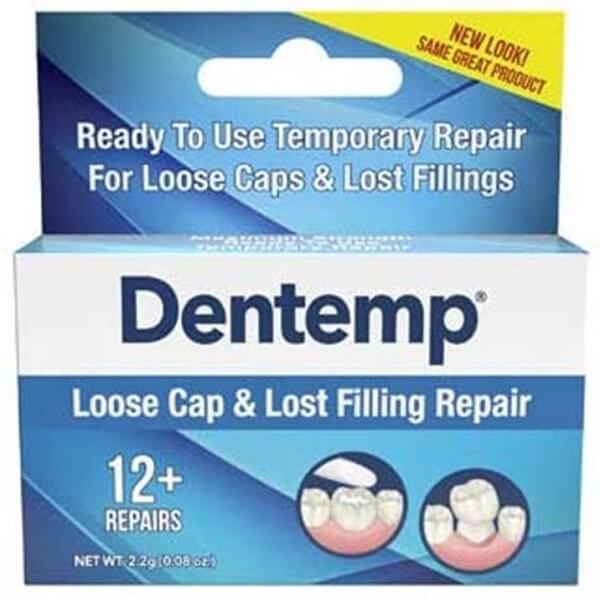
Kits for replacing caps and fillings consist of cement and the assumption that you have retrieved the lost crown or filling. Make sure you soak the filling or crown in hydrogen peroxide before repairing. Then go see a dentist.
Chipped Tooth
A chipped tooth tends to be more of a cosmetic problem affecting someone’s appearance unless the chip has gone past the enamel into the dentin of the tooth; or worse, into the center pulp of the tooth. Any chipped tooth is subject to eventual decay or infection if the chip is significant, so it should be treated as soon as possible.
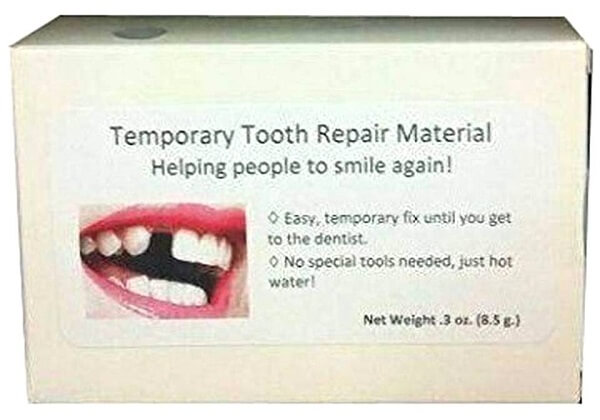
Basic tooth repair kits are designed to get you through a day or two before you can get to a dentist. A lot depends on how badly the tooth is chipped and your sensitivity to your appearance as a result. You can live with a minor chip for a while but a major chip on a front tooth is going to show.
Cracked tooth
A cracked tooth is serious and will eventually need professional care from a dentist. The worst-case scenario is a vertical crack that travels the length of the tooth to the root. There are ways to temporarily repair a cracked tooth, but how long someone can go with a cracked tooth depends on the nature and direction of the crack.
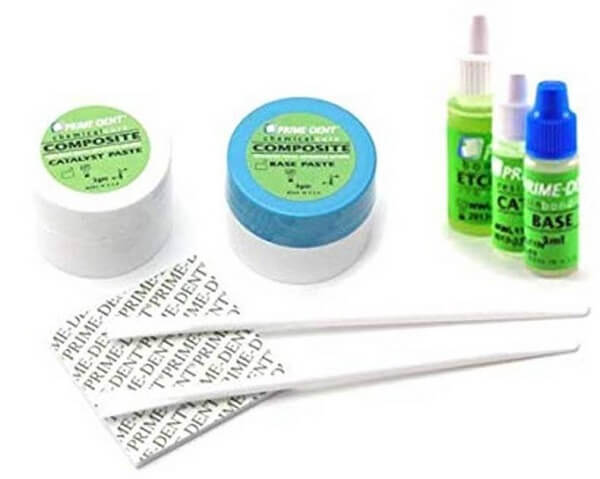
There are various cracked tooth repair kits. They usually have basic tools and various fillings that can be used to repair the crack.
Bleeding
Sudden dental injuries are usually accompanied by bleeding. Dealing with it is a 3-step process. Stop the bleeding, sanitize the mouth to prevent infection, deal with the cause.
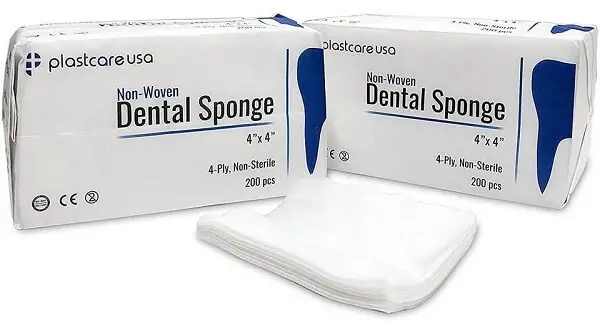
Dental sponges are specifically designed to fit in the mouth to absorb and clean up blood and can be wedged between the cheek and gum to help the wound to coagulate the blood.
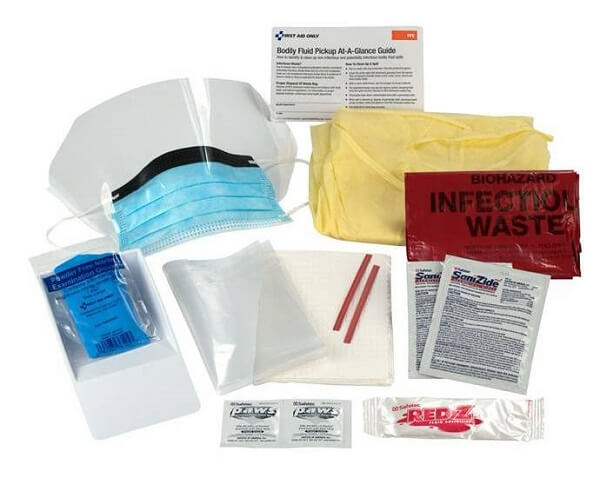
A blood kit is a collection of items to help someone prevent infection of either the patient or the person treating them. It works for any injury that results in bleeding including dental injuries.
Dental Pain
Pain is usually our first alert to a dental problem. Relief is usually temporary until the condition is corrected, but any relief is welcome.
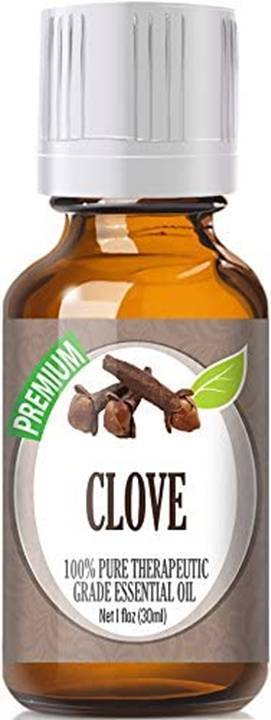
Clove oil is a highly effective treatment for dental pain around teeth and gums. It may seem like we’re tossing in a natural alternative because that’s what homesteaders do, but clove oil is more than that.
It is not only highly recommended by the American Dental Association, but every dentist uses it on a regular basis. In fact, that unique smell in the dentist’s offices comes from clove oil. Don’t homestead without it.
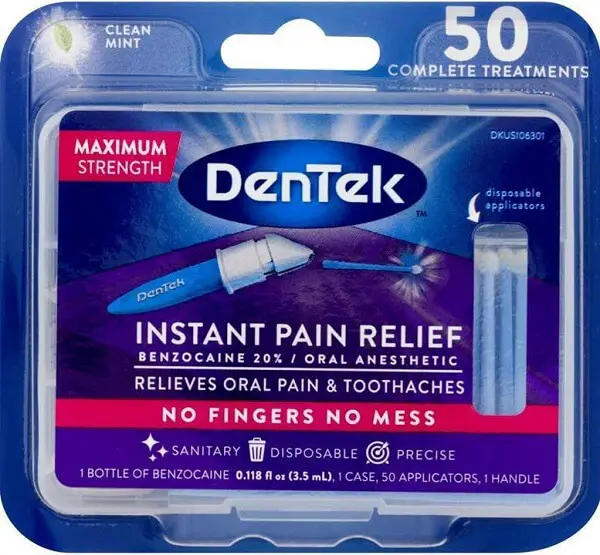
Benzocaine is another dental pain reliever. It’s not expensive, and it might be worth having it in addition to clove oil.
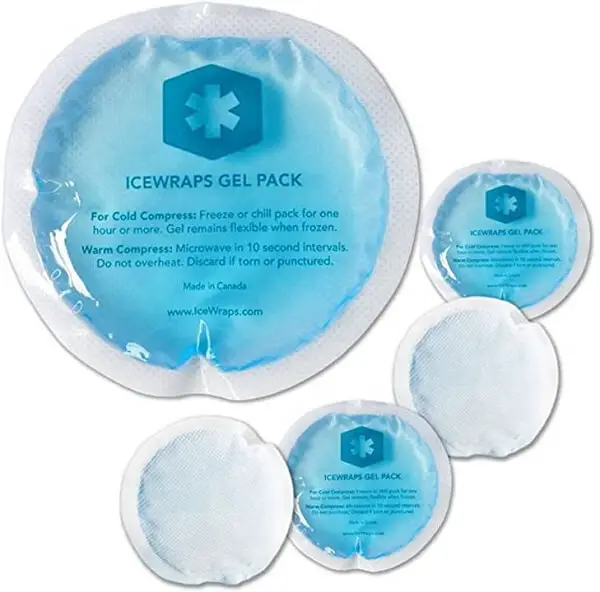
Cold packs are another standard recommendation for pain and inflammation. Ice works fine or you can buy re-freezable cold packs that can be held to the lips or jaw.
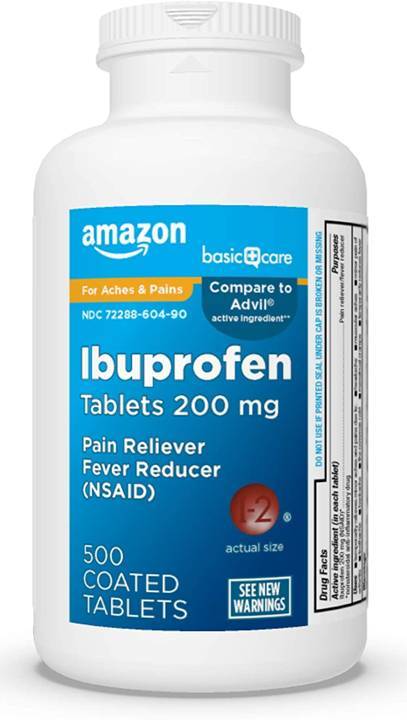
OTC pain relievers like ibuprofen also help and you may already have that on hand.
Pre-packed Dental Kits
It’s telling when you look at the limited range of pre-packed dental emergency kits. Some general first aid kits look like they could treat a small army, but the dental kits sometimes omit items or are packed for one-time use.
If you want to make short work of putting together a dental emergency kit, you can buy a pre-packed kit, but look at the contents carefully. You also want to think about how often you may need to treat injuries over time and supplement a pre-packed kit with additional items.
Do Some Homework
It’s worth having a book or two on hand that details how to treat dental emergencies. Any item you buy to treat a condition will have instructions on the package, but they tend to be fairly basic and usually end with “See your dentist.”
Here are some books to consider. Maybe store one or two of them next to your dental emergency kit.
Covers basic dental emergencies affecting family members of all ages.
Covers advanced home treatments for dental emergencies
So by now, you should have a good idea of what it takes to treat a dental emergency on your own. To make it easier, here is a list of every product mentioned in this article (in the order they were mentioned):
- Headset Light
- Dental Picks
- Dental Mirror
- Rubber Gloves
- Save a Tooth Preserving Kit
- Dental Filling Repair Kit
- Hydrogen Peroxide
- Temporary Tooth Repair Kit
- Cracked Tooth Repair Kit
- Dental Sponges
- Blood Kit
- Clove Oil
- Benzocaine
- Cold Packs
- Ibuprofen
- Pre-packed Dental Emergency Kit
- Dental First Aid for Families
- Where There Is No Dentist
Like this post? Don't Forget to Pin It On Pinterest!




